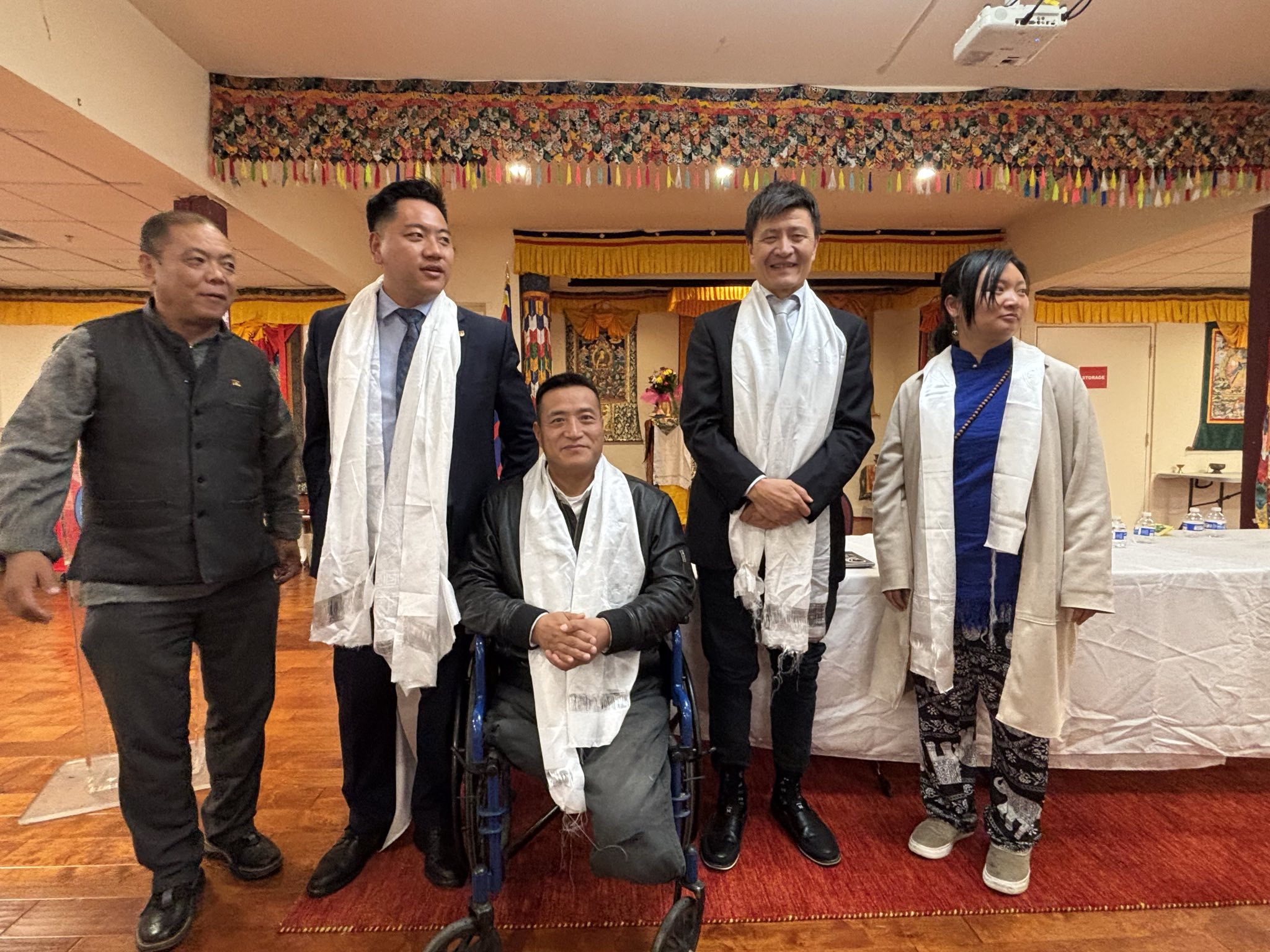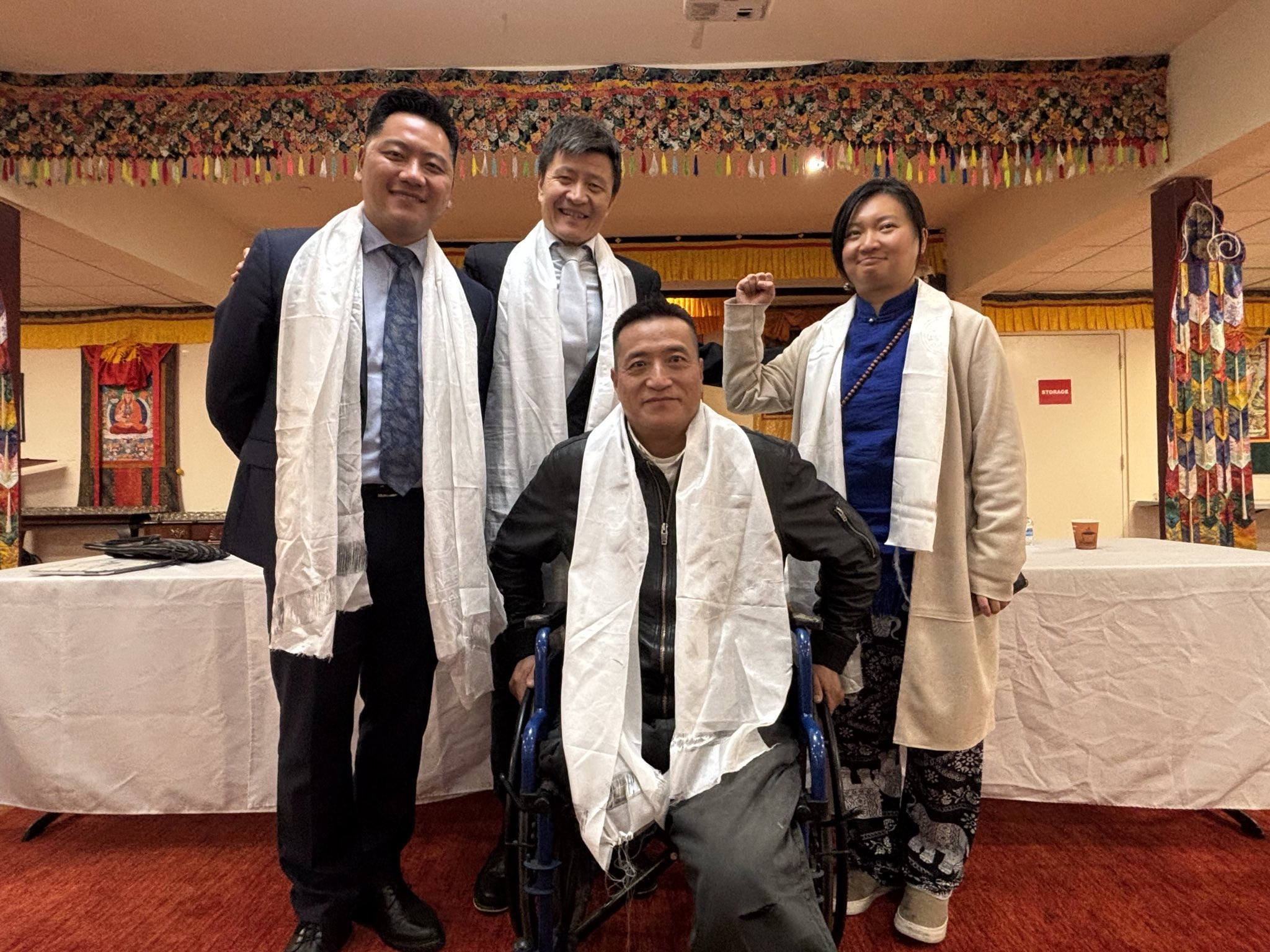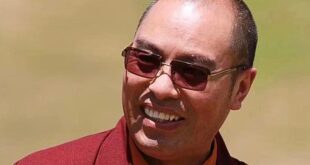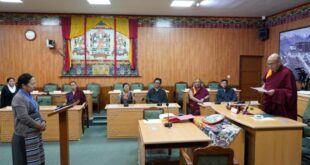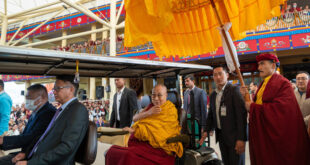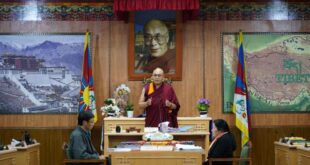California: On 28 March 2025, the Office of Tibet in Washington D.C. hosted a Sino-Tibet Youth Interaction at the Northern California Tibetan Association Community Center in California, USA.
The speakers at the conference included prominent Chinese democracy advocates Fang Zheng and Zhou Fengsuo, along with Ginger Duan, a member of an online platform named “Chinese Youth Stand 4 Tibet”, and Tsultrim Gyatso, the Chinese Liaison Officer at the Office of Tibet. They discussed the trajectory of China’s democracy movement, its future prospects, as well as Tibetan-Chinese relations and collaborative efforts with the participating local Chinese and Tibetan youth.
Fang Zheng is a prominent Chinese democracy activist whose legs were crushed under a tank during the June 4th Tiananmen Square student incident. He briefly discussed the history of the Chinese democracy movement and emphasised the importance of connecting with the new generation of youth to exchange ideas and learn from each other.
Zhou Fengsuo shared his perspectives on the future course of democracy in China and noted that the new generation of Chinese youth, through initiatives such as the White Paper Movement, has already achieved significant milestones and will continue to engage in meaningful actions.
Ginger Duan, who oversees the online platform “Chinese Youth Stand 4 Tibet,” recounted her experience teaching at the recently closed Ragya Monastery in Tibet, which enabled her to connect with Tibetans. She underscored the importance of addressing Tibet-related issues in the Chinese language for the Chinese public. Together with some of her Chinese associates, she has been actively disseminating Tibet-related infographics in Chinese on various online platforms.
Chinese Liaison Officer Tsultrim Gyatso provided an overview of the evolution of both official and unofficial dialogues between Tibet and China since Tibet’s occupation. He emphasised the importance of understanding that His Holiness the Dalai Lama has long advocated for a mutually beneficial approach to resolving the Tibet-China conflict. He also expressed the need for greater dialogue between the younger generations of Tibetan and Chinese youth.
Throughout the conference, Tibetan and Chinese participants were divided into groups to exchange their views, during which they also proposed ideas for future initiatives aimed at enhancing Tibetan-Chinese dialogue. Several Chinese and Tibetan university students from Northern California engaged in in-depth discussions regarding the organisation of talks focused on Tibet-China issues at academic institutions.
-Report filed by OoT Washington DC

